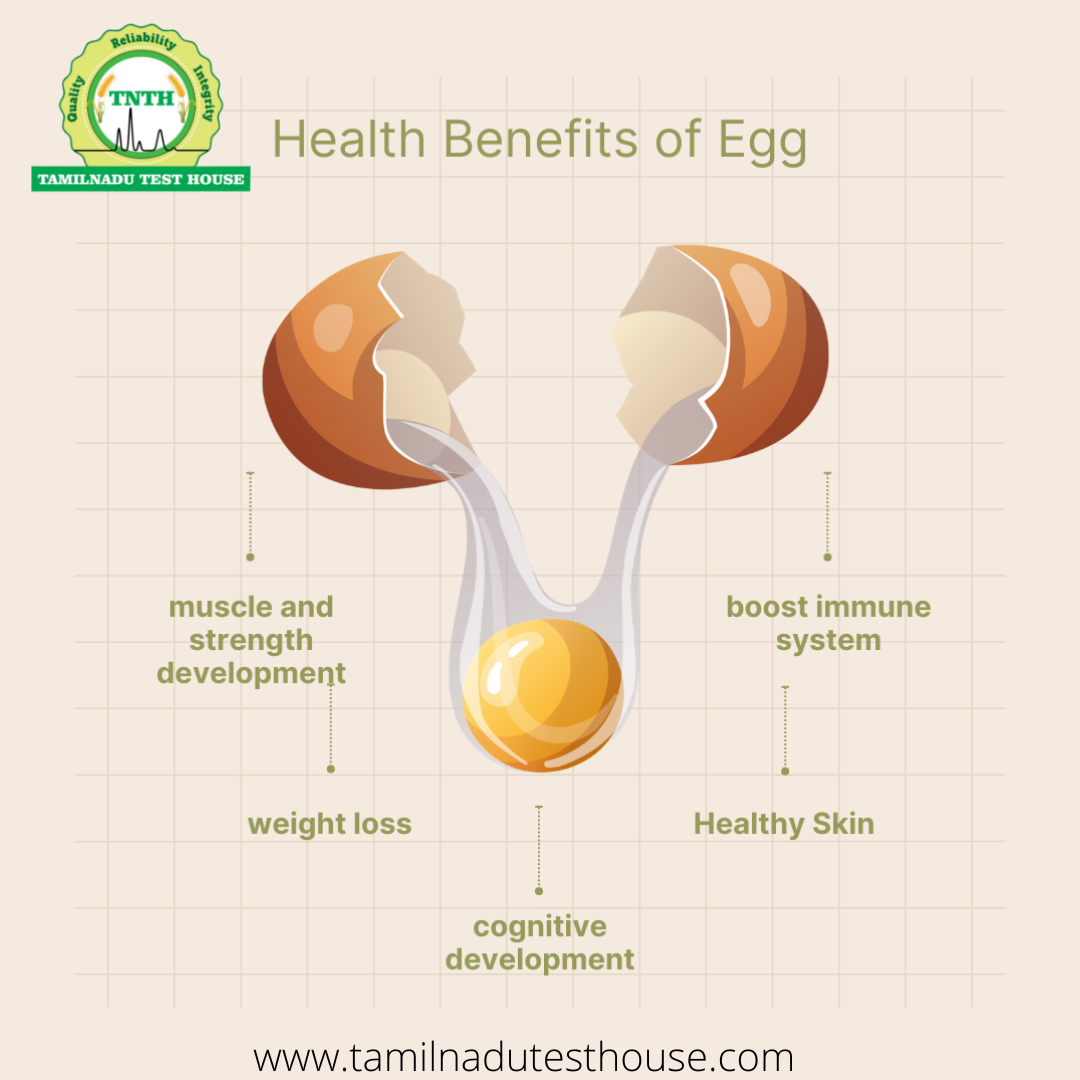Eggs are a good source of protein (both whites/yolk). They also contain heart-healthy unsaturated fats and are a great source of important nutrients, such as vitamin B6, B12 and vitamin D. Eating two eggs per day covers 10% to 30% of the vitamin requirements for humans.
Health Benefits of Eggs
- They Offer Complete Protein. 1/11. ...
- They're Nutrient Dense. 2/11. ...
- They Help Your 'Good' Cholesterol. 3/11. ...
- They Can Lower Your Triglycerides. 4/11. ...
- They Can Lower Your Odds of a Stroke. 5/11. ...
- They Help With Portion Control. 6/11. ...
- They're Affordable. 7/11. ...
- They're Heart Healthy. 8/11.
Why is it important to know the egg nutrients?
Image result for health benefits of egg vitamin analysis
A healthy immune system: The vitamin A, vitamin B-12, and selenium in eggs are key to keeping the immune system healthy. Lower risk of heart disease: The choline in eggs plays an important part in breaking down the amino acid homocysteine, which may contribute to heart disease.
Are eggs a good source of essential fatty acids?
Eggs are mother nature's incredible and edible source of Omega-3 fatty acids, providing on average, 180mg per serve (2 eggs). Of this amount, 114mg is the long-chain type of omega-3 fatty acid – which represents between 71-127% of the desired intake for adults.

Comments
Post a Comment